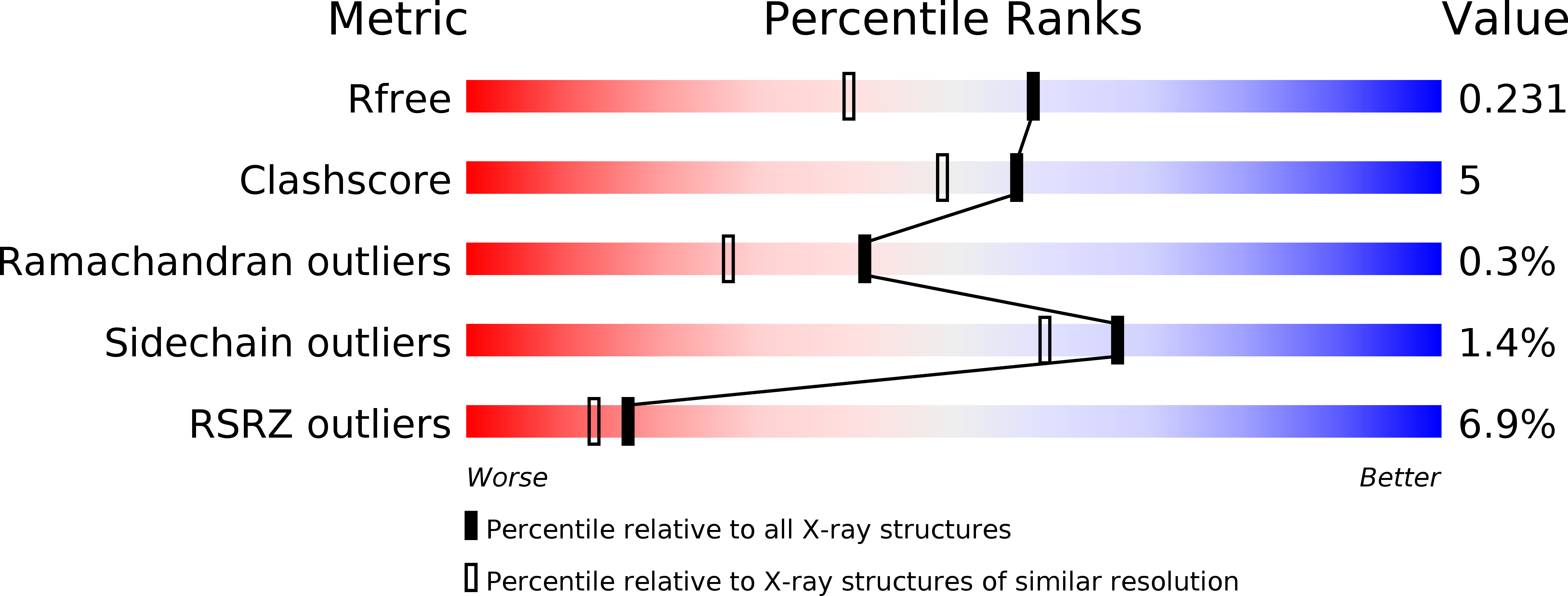
Deposition Date
2008-11-13
Release Date
2009-11-17
Last Version Date
2024-10-16
Entry Detail
PDB ID:
3F95
Keywords:
Title:
Crystal Structure of Extra C-terminal Domain (X) of Exo-1,3/1,4-beta-glucanase (ExoP) from Pseudoalteromonas sp. BB1
Biological Source:
Source Organism:
Pseudoalteromonas sp. (Taxon ID: 368972)
Host Organism:
Method Details:
Experimental Method:
Resolution:
1.80 Å
R-Value Free:
0.23
R-Value Work:
0.18
R-Value Observed:
0.19
Space Group:
P 21 21 2


